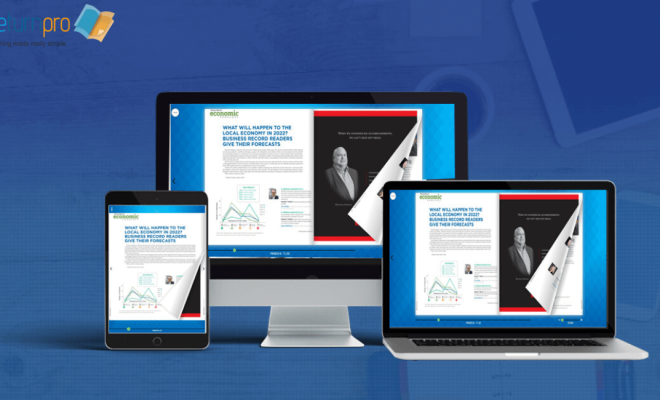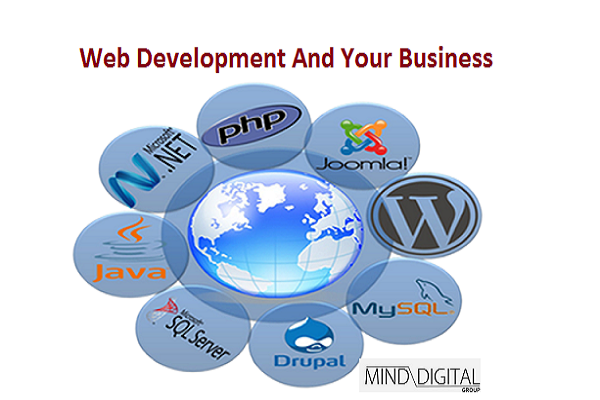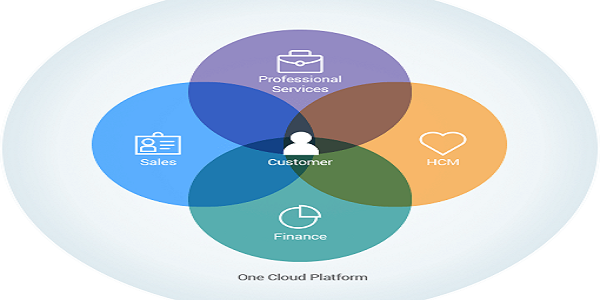How Digital Publishing Software Revolutionized Content Creation

The publishing world has been revolutionized in the last several decades. What used to involve costly printing presses, distribution channels, and high initial investment now occurs with a few strokes on a keyboard. Digital publishing software has made content creation more accessible, so anyone from a single blogger to a large company can publish and disseminate their content worldwide.
This transition is not only a technological advancement. Digital publishing has actually revolutionized the way we produce, access, and engage with content. It is this knowledge that makes us realize not only how much we have advanced, but also where we are going next.
The Early Days of Digital Publishing
Online publishing started in the 1960s with simple text processing systems that were employed mostly by newspapers and major publishing companies. Early systems were costly, complicated, and needed specialized training in order to efficiently use them.
The 1980s saw a major shift with the advent of desktop publishing. Programs delivered professional-grade layout facilities in the home computer. Small businesses and individuals could produce finished documents for the first time without sending out to commercial typesetters.
But even these early tools were still heavily print-centric. The idea of publishing on to digital forms was yet to come, hindered by the low speeds of the internet and the absence of a common digital document format.
The Internet Era and Web-Based Publishing
The 1990s saw the advent of the World Wide Web, revolutionizing the way that content could be delivered. HTML was the first widely-used digital publishing standard, although it needed technical expertise to use effectively.
Early web publishing software such as FrontPage and Dreamweaver filled the space between technical code and visual design. These applications let users build websites using intuitive drag-and-drop interfaces that create the attendant code in the background.
The development of content management systems (CMS) such as WordPress in 2003 further democratized web publishing. Overnight, it became possible for anyone to publish content on the web without knowing HTML, CSS, or server administration. This ease encouraged the blogging revolution and set the stage for contemporary digital publishing.
Contemporary Digital Publishing Platforms
The 2010s witnessed a digital publishing explosion. Platforms began to cater to every form of content creator, ranging from solo writers to large-scale enterprise organizations.
Self-Publishing Revolution
Amazon’s Kindle Direct Publishing platform, which was released in 2007, revolutionized book publishing. Authors could now forego traditional publishers altogether, uploading manuscripts which would be available globally in a matter of hours. Comparable platforms such as Smashwords and Draft2Digital broadened distribution opportunities to various e-book retailers.
These sites not only transformed distribution – transformed the entire publishing infrastructure. Writers had direct access to readers, could set their prices competitively, and kept much larger royalty percentages than traditional publishing provided.
Interactive and Multimedia Publishing
Digital publishing software went beyond text and images. Software such as PageTurnPro digital publishing softwareincorporated the ability to create digital flipbooks from static PDFs, and enabled users to integrate video, animation, and interactive content directly into their publications.
Magazine publishers adopted digital-first approaches, utilizing platforms that enabled rich media experiences not possible through print. Publications were now able to integrate embedded video, clickable links, social media feeds, and real-time content updates.
Mobile-First Publishing
The smartphone revolution brought with it new opportunities and challenges for publishing. Publishers had to maximize content on smaller screens, touch interfaces, and changing internet connection speeds.
Responsive design became the norm, with publishing platforms adapting content layout automatically depending on the reader’s device. Apps such as Medium and Substack became mobile-optimized publishing platforms, focusing on readability and user experience on all devices.
Social media sites also became publishing platforms unto themselves. LinkedIn posts, Facebook notes, and Twitter threads permitted instant publication and delivery to desired audiences, albeit with less formatting and presentation control than specialized publishing systems.
Artificial Intelligence and Automation
The latest advances in artificial intelligence are again transforming digital publishing. AI-driven tools can now aid in content creation, editing, layout, and even distribution planning.
Automated layout technology examines content and proposes best formatting depending on the nature of publication and readers. Grammar and style checkers have also evolved to provide context-dependent proposals for enhancing readability and interest.
Content personalization is another horizon. Publishing platforms are now capable of dynamically reconfiguring how content appears in response to individual reader preferences, presenting more interesting and relevant experiences.
Embracing the Digital Publishing Revolution
The development of digital publishing software tools has revolutionized content production from a select, capital-intensive procedure to a participatory, creative tool for the masses. This democratization has released unprecedented levels of creativity and diversity in published material.
For future publishers, today’s market presents more opportunities than ever. The most important thing is knowing your readers, selecting the correct platform for your message type, and being flexible as technology keeps changing.
Whether you are a lone blogger, a small business or an individual, or a member of a large institution, digital publishing technologies can enable you to reach out to the world with your message. The obstacles that used to keep publishing within a privileged few have fallen away, to be replaced by an environment that encourages creativity, quality, and genuine connection with readers.

















Enhance The Capabilities Of Your Business With Salesforce Professional Services
Why Your Business Must Invest In Responsive Website Design?
Enhance The Capabilities Of Your Business With Salesforce Professional Services